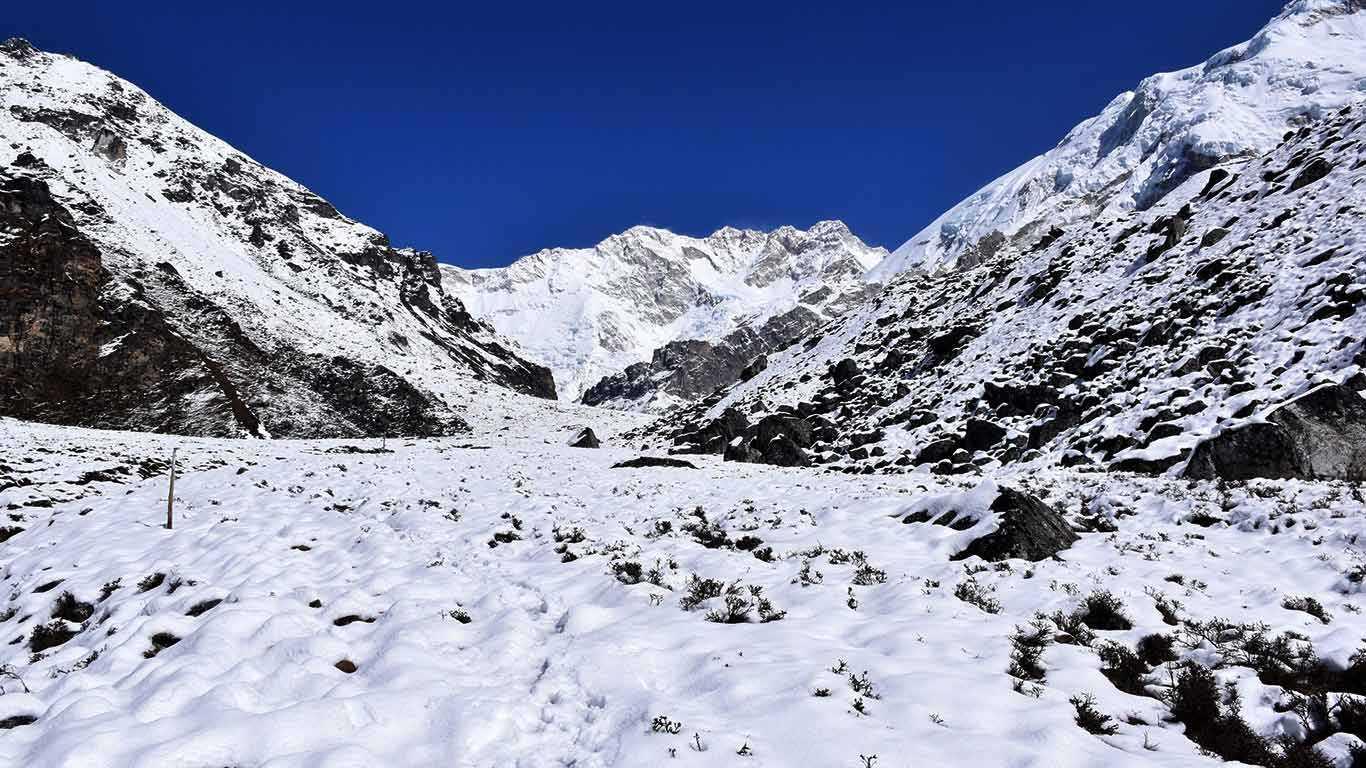Kanchenjunga North Base Camp Trek
Date of Departure
trip informaiton
Duration
21 days
Max Altitude
North Base Camp (5,143m)
Difficulty
Difficult
Starts from
Kathmandu
Trips Ends at
Kathmandu
Activity
Accommodation
Meals
Weather
°C
Group Size
Best Season
Region
Kanchenjunga Treks
Kanchenjunga North Base Camp Trek, Both are available, Tea House, Best available Local House, and Tented Camp Trek. In this Itinerary, We are planning to organize using best available Tea House/Homestay and Lodges based. Almost all our lodging options include basic teahouses throughout the journey. Our standard accommodation in the city areas or Kathmandu will be 3* Standard Category Accommodations, twin-sharing basis which can be upgraded according to your taste at an additional cost. Lodges or guesthouses in the lower region and Ghunsa with basic services like electricity, Wi-Fi, hot showers, and charging stations, will be the roofs. Aside from that, the higher the altitude, the lesser the quality of the tea house services. We motivate you to be prepared for that.
Meals
The hotels in Kathmandu and Bhadrapur provide breakfast at the hotel on their package. Lunches and dinners are up to you in these cities. Many eatery options are available in Kathmandu and a few in Bhadrapur. Pick one in your favor and enjoy. The teahouses on this trekking journey will be basic and they will most likely serve solely Nepali food, which means a lot of rice and dal (lentil).
In addition, we recommend drinking boiled water or utilizing good grade water purifiers, rather than buying bottled water in plastic containers.


